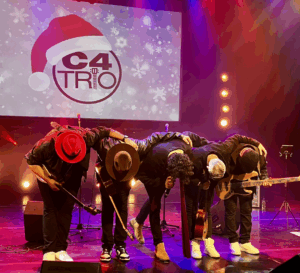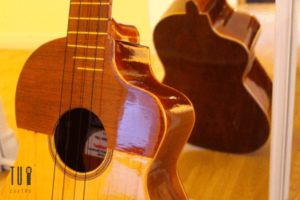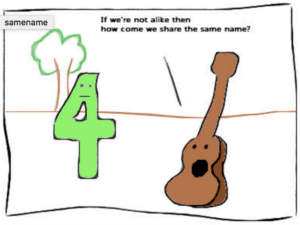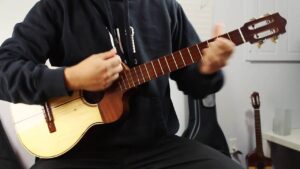Latin America is home to a vibrant and diverse musical heritage. Beyond the well-known guitar or maracas, there are dozens of lesser-known Latin American instruments with fascinating histories and sounds. From the rhythmic beats of Afro-Caribbean percussion to the melodic strings of Andean instruments, each tells a story of culture and tradition.
In this post, we’ll explore five unique Latin American instruments you might not have heard of — and show you how to start playing them, whether you’re a curious beginner or a seasoned musician looking to expand your sound palette.
1. The Charango – Peru and Bolivia’s Andean Guitar
The charango is a small, 10-stringed instrument from the Andes, traditionally crafted using an armadillo shell. It produces a bright, joyful tone that’s essential to Andean folk music.
How to Start Playing:
Begin with simple chord progressions and traditional Andean tunes. The charango’s compact size makes it perfect for learners — plus, there are plenty of online tutorials and beginner models available.
2. The Cuatro – A Venezuelan Treasure
The Venezuelan cuatro resembles a ukulele but has a deeper, richer tone. It’s the heartbeat of Venezuelan folk music, used in lively joropo rhythms and serenades.
How to Start Playing:
Learn basic strumming patterns and easy songs like “Alma Llanera.” You’ll find plenty of online resources and free cuatro tutorials for beginners on YouTube and music sites.
3. The Marímbula – The Bass in Your Hands
Originating in Cuba, the marímbula functions like a plucked bass. It’s a wooden box with metal keys that create deep rhythmic notes, often played in Afro-Cuban and Caribbean music.
How to Start Playing:
Start by tapping simple basslines found in son or reggae rhythms. Its intuitive, percussive style makes it one of the easiest Latin instruments to learn.
4. The Bandola Llanera – The Heartbeat of Colombian Plains
The bandola llanera is a string instrument from Colombia’s eastern plains. Its crisp, twangy sound complements the harp in Llanero music, bringing a lively character to traditional folk ensembles.
How to Start Playing:
Practice simple melodies and folk patterns. If you already play guitar, transitioning to the bandola will feel natural.
5. The Quena – A Flute from the Andes
The quena is a traditional Andean flute, made from wood or bamboo. Its airy, melancholic sound is often described as the “voice of the Andes.”
How to Start Playing:
Focus on breath control and fingering scales. Once comfortable, explore famous Andean songs like “El Cóndor Pasa” to master its expressive tone.
Tips for Beginners:
- Set a Practice Routine: Even 15 minutes a day can lead to steady improvement.
- Utilize Online Resources: YouTube tutorials and sheet music sites are great for beginners.
- Join a Community: Whether it’s an online forum or a local music group, connecting with others can accelerate learning.
- Explore Music Theory: Understanding the basics of scales and chords can make learning new instruments easier.
- Have Fun with It: The journey of learning an instrument should be as enjoyable as playing it!
Exploring lesser-known Latin American instruments is a wonderful way to experience the region’s cultural diversity. Whether you’re plucking the strings of a cuatro or blowing the first notes on a quena, each instrument opens a door to a new world of rhythm and emotion.
So, pick up one of these hidden gems and start your musical adventure today!







































